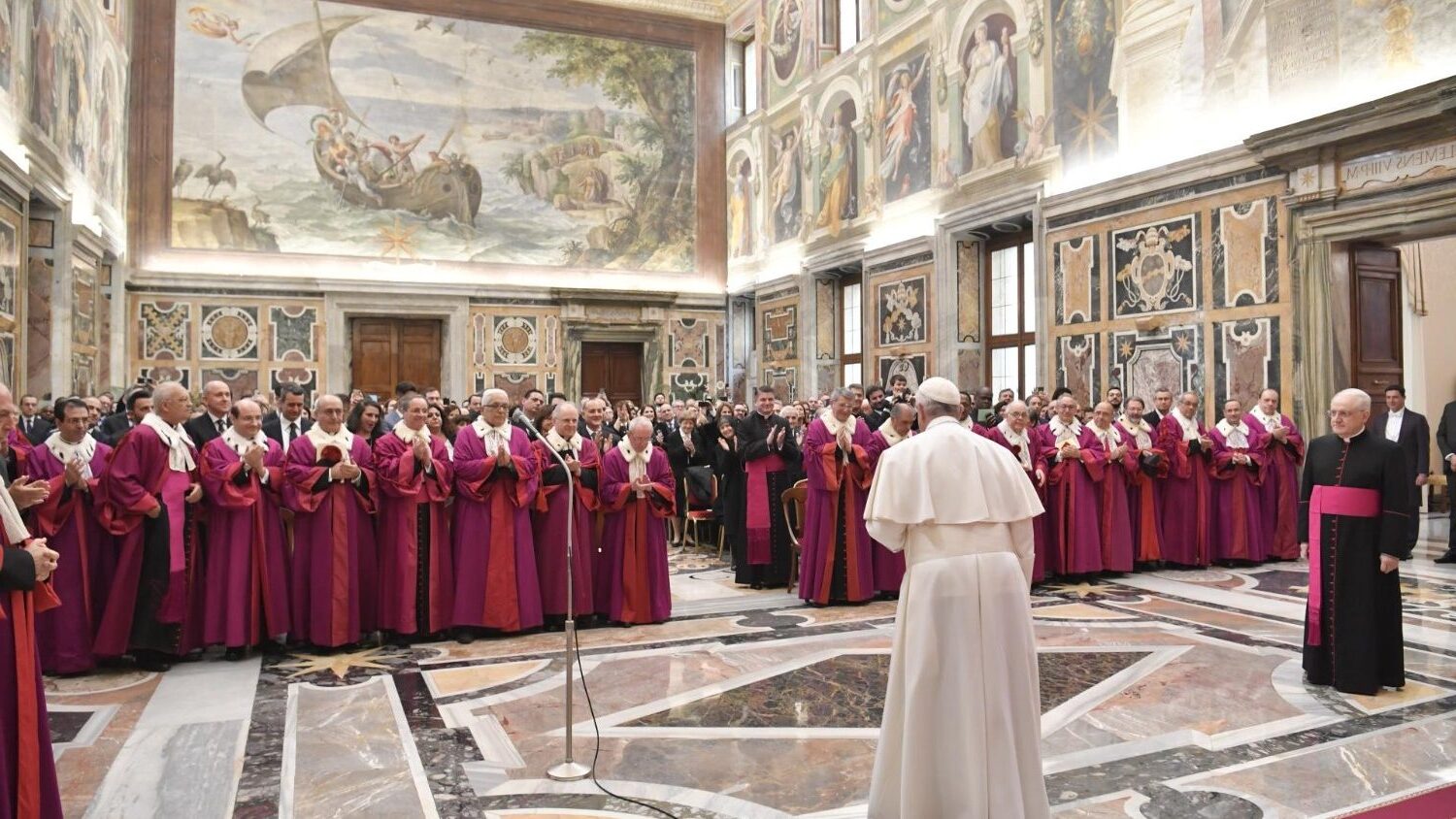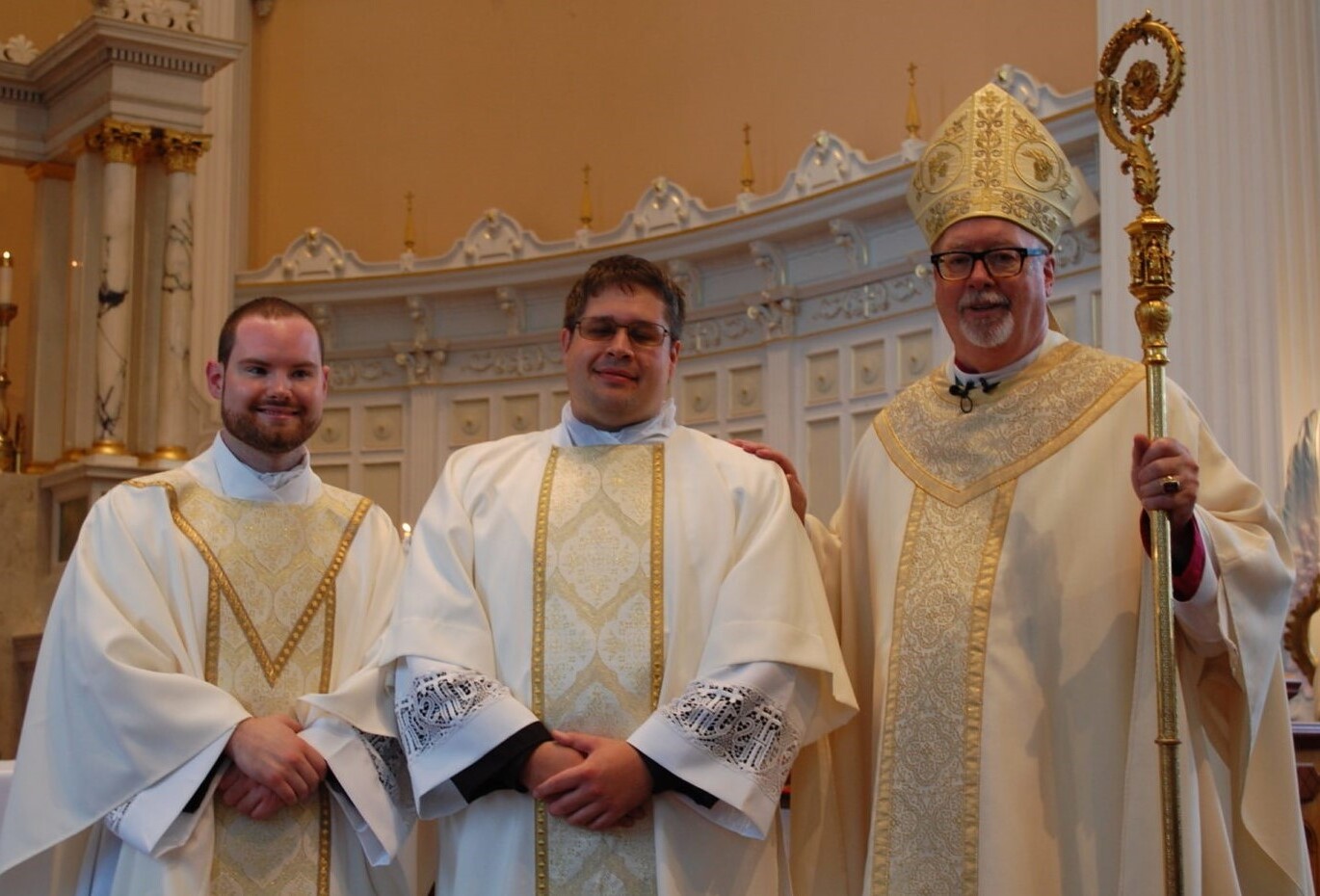
What is the Roman Rota? The Roman Rota, also known as the Apostolic Tribunal of the Roman Rota, is one of the Catholic Church's oldest and most respected judicial bodies. Established in 1179 by Pope Alexander III, its roots trace back to the 12th century. The name "Rota" means "wheel" in Latin, symbolizing the continuous cycle of justice. This tribunal handles appeals from lower ecclesiastical courts worldwide, focusing on cases involving clergy, religious orders, and marriage annulments. Composed of judges called auditors, the Roman Rota ensures fairness and consistency in applying canon law. Its decisions are final, often shaping Church doctrine and practice.
20 Facts About the Roman Rota
The Roman Rota, also known as the Apostolic Tribunal of the Roman Rota, is one of the Catholic Church's oldest and most respected judicial bodies. Its history and functions are fascinating, reflecting centuries of tradition and legal evolution. Let's dive into 20 key facts about this significant institution.
Historical Background
Understanding the origins of the Roman Rota provides insight into its enduring importance.
- The Roman Rota has its roots in the medieval period. It was formally established in 1179 by Pope Alexander III, although its origins can be traced back to the 12th century. The name "Rota" comes from the Latin word for "wheel," symbolizing the continuous and cyclical nature of justice.
Jurisdiction and Structure
The Roman Rota's jurisdiction and structure highlight its role within the Catholic Church's judicial system.
-
The Roman Rota is primarily responsible for hearing appeals from lower ecclesiastical courts. It has jurisdiction over cases involving clergy, religious orders, and other Church entities. The tribunal also handles cases related to marriage annulments and other canonical issues.
-
The Roman Rota is composed of several judges, known as auditors, who are appointed by the Pope. These auditors are typically high-ranking clergy with extensive legal and theological knowledge. The tribunal is divided into several sections, each dealing with different types of cases.
Procedure and Decisions
The process and finality of decisions made by the Roman Rota are crucial aspects of its function.
-
The process of appealing to the Roman Rota is complex and involves several stages. First, a case must be heard by a lower ecclesiastical court, which then sends the decision to the Roman Rota for review. The auditors of the Roman Rota examine the case, gather additional evidence if necessary, and then render a decision.
-
Decisions made by the Roman Rota are final and binding. However, in rare cases, the Pope may intervene and overturn a decision. The tribunal's rulings are considered authoritative and are often cited in canonical law.
Marriage Annulments and Clerical Discipline
Two significant areas of the Roman Rota's work involve marriage annulments and clerical discipline.
-
One of the most significant roles of the Roman Rota is in handling marriage annulments. The tribunal reviews cases where couples seek to annul their marriages, often due to issues such as consanguinity (blood relation) or other canonical impediments.
-
The Roman Rota also plays a crucial role in cases involving clerical discipline. It hears appeals from lower courts regarding the discipline of clergy, including issues related to ordination, sacramental abuse, and other canonical offenses.
International Jurisdiction and Language
The Roman Rota's global reach and use of language reflect its universal significance.
-
Despite being based in Rome, the Roman Rota has jurisdiction over cases from all over the world. Its decisions are recognized and respected globally within the Catholic Church.
-
The official language of the Roman Rota is Latin, although many cases are also conducted in Italian and other languages. The use of Latin reflects the tribunal's historical significance and its role as a guardian of canonical tradition.
Judicial Independence and Papal Influence
Balancing independence and papal influence is a delicate aspect of the Roman Rota's operation.
-
The auditors of the Roman Rota are expected to maintain judicial independence. They are sworn to uphold the law and make decisions based solely on the evidence presented, without fear or favor.
-
While the auditors of the Roman Rota are independent, the Pope has the authority to appoint them and can influence the tribunal's decisions. However, this influence is typically exercised sparingly, as the tribunal's autonomy is crucial for maintaining its integrity.
Historical Cases and Modern Reforms
The Roman Rota's history includes notable cases and recent reforms aimed at modernization.
-
The Roman Rota has handled numerous significant cases throughout its history. One notable example is the case of Henry VIII of England, who sought to annul his marriage to Catherine of Aragon. The tribunal's decision was later overturned by Pope Clement VII, leading to the English Reformation.
-
In recent years, the Roman Rota has undergone significant reforms aimed at modernizing its procedures and increasing transparency. These reforms include the use of digital records and improved communication with lower ecclesiastical courts.
Canon Law and Collaboration
The Roman Rota's role in interpreting canon law and collaborating with lower courts is essential for consistency.
-
The Roman Rota is instrumental in interpreting and applying canon law, which governs the internal affairs of the Catholic Church. The tribunal's decisions often clarify or refine canonical principles, contributing to the development of Church law.
-
The Roman Rota works closely with lower ecclesiastical courts to ensure consistency and fairness in the application of canon law. This collaboration helps to streamline the judicial process and reduce appeals.
Training, Education, and Governance
The expertise of the auditors and the tribunal's role in Church governance are key aspects of its function.
-
Auditors of the Roman Rota undergo rigorous training and education in canon law and theology. They must demonstrate a deep understanding of both ecclesiastical and civil law to perform their duties effectively.
-
The Roman Rota plays a vital role in the governance of the Catholic Church. Its decisions often have far-reaching implications for Church doctrine and practice, influencing how clergy and laity understand their roles within the Church.
International Recognition and Archival Records
The Roman Rota's international standing and extensive records contribute to its legacy.
-
The Roman Rota is recognized internationally as a premier judicial body within the Catholic Church. Its decisions are respected by other Christian denominations and even secular legal systems, particularly in matters involving ecclesiastical law.
-
The tribunal maintains extensive archival records of its decisions, which provide valuable insights into the development of canon law over centuries. These records are often studied by scholars and legal historians.
Legacy
The Roman Rota's enduring legacy continues to shape the Catholic Church's judicial landscape.
- The Roman Rota's legacy extends beyond its historical significance. It continues to play a crucial role in upholding the principles of justice and fairness within the Catholic Church, ensuring that the law is applied consistently and with integrity.
The Enduring Legacy of the Roman Rota
The Roman Rota stands as a pillar of justice within the Catholic Church. Its roots go back to the 12th century, making it one of the oldest judicial bodies around. Handling everything from marriage annulments to clerical discipline, this tribunal ensures that canon law is applied fairly and consistently. Despite being based in Rome, its influence stretches worldwide. The auditors are highly trained, maintaining judicial independence while interpreting and applying canon law. Modern reforms have made the tribunal more transparent and efficient, yet it remains deeply rooted in tradition. The Roman Rota's decisions are final, often shaping the Church's doctrine and practice. Its legacy is not just historical but continues to impact the Church's governance today. The Roman Rota embodies the Church's commitment to justice, fairness, and the rule of law.
Was this page helpful?
Our commitment to delivering trustworthy and engaging content is at the heart of what we do. Each fact on our site is contributed by real users like you, bringing a wealth of diverse insights and information. To ensure the highest standards of accuracy and reliability, our dedicated editors meticulously review each submission. This process guarantees that the facts we share are not only fascinating but also credible. Trust in our commitment to quality and authenticity as you explore and learn with us.


